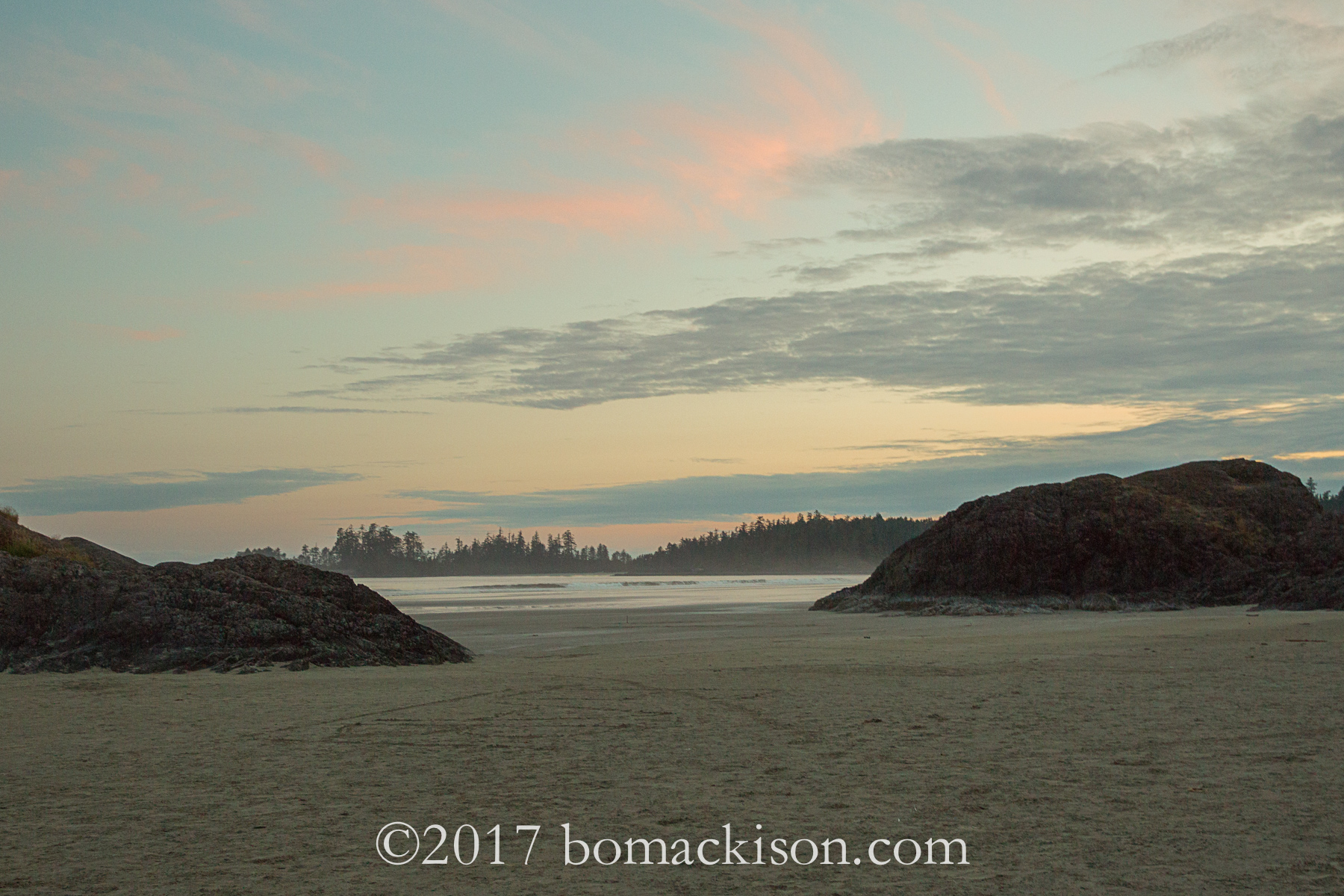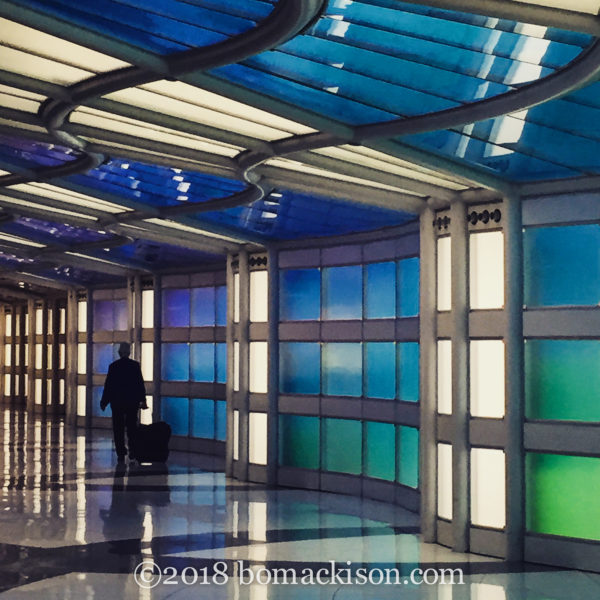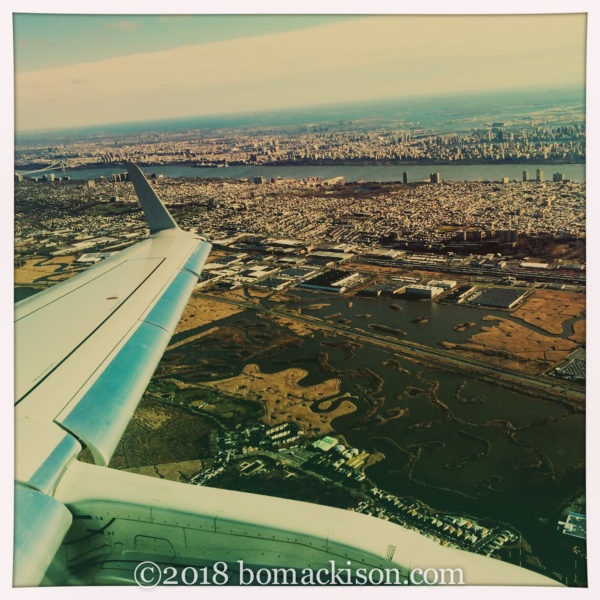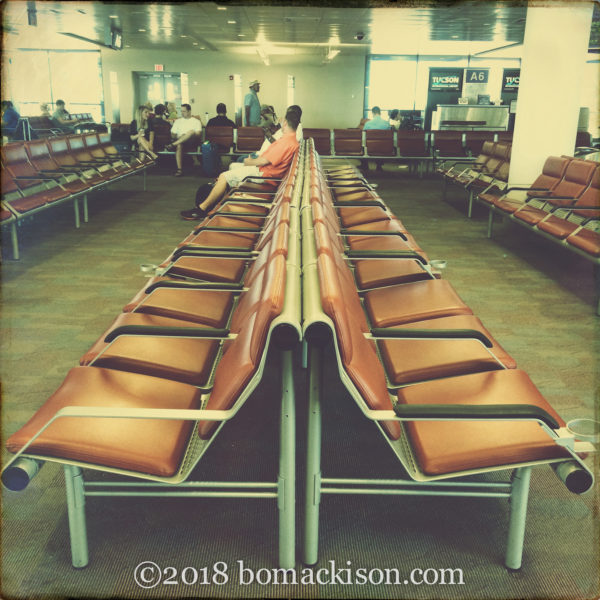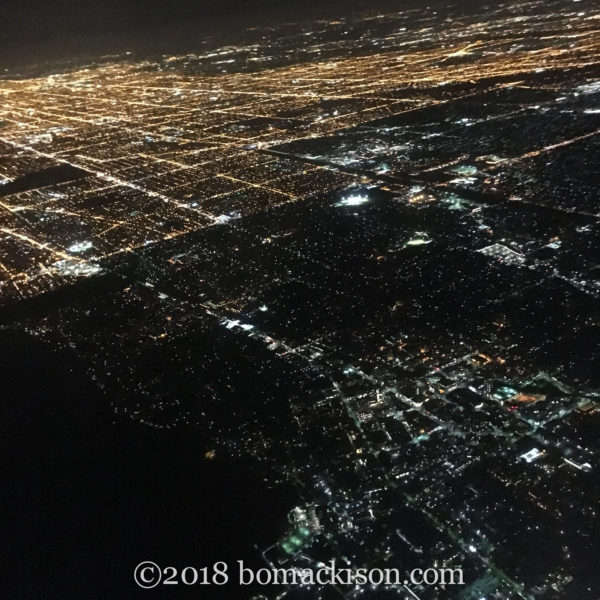Cheap Tramadol Overnight Cod Though I am focused on traveling and its necessary preparations, I am also reading books about solitude, for example, May Sarton’s Journal of a Solitude and Pico Iyer’s The Art of Stillness.
Questions I am considering? How do I bring a sense of stillness and solitude along on a trip that is anything but stillness and solitude? How do I maintain a sense of stability and centeredness when I am aloft in the skies for a ten-hour stretch of time?
https://www.petwantsclt.com/petwants-charlotte-ingredients/ I loved reading Iyer’s book for it reinforced the concept of dual travel, traveling the outer world while also travel within.
Purchase Tramadol Overnight Here is information on Iyer’s book.
Articles from Pico Iyer’s website: on travels, the innerworld.
Quotes from the book The Art of Stillness
On travel as perception:
Travel is an exercise in perception, a way of shifting your perspectives; the hope is always that you will have less and less to distract you, even if life presents more and more that confounds you. It’s not a matter of finding answers, in short, but of clarifying the questions—and then finding the courage to live with them. The traveler quickly learns that uncertainty is his home and impermanence his most loyal companion. The layover that is so excruciating for one traveler brings a sanctuary, a way of gathering his thoughts (the better to let them go) to another.
One way to think about plane travel:
Our journeys, the traveler learns, are defined not by their destinations, but by their starting-points, the ways we choose to approach the destination; nothing is good or bad but thinking makes it so. I once asked Matthieu Ricard, the longtime Tibetan Buddhist monk, how he deals with the incessant travel involved in giving his talks and translating for great Tibetan teachers; he’d taken on robes thirty years before in search of stillness, I assumed.
In his ineffable way, clear-eyed, face shining, he said, more or less, “When I get onto a plane, I am so free. There is nothing I have to do, nothing I have to say. I look out at the clouds, at the ocean below. For ten hours I can just sit and look. It is a kind of meditation. For me, every trip in a plane is like a mini-retreat in the skies.”
On incorporating a still way of seeing:
“In an age of speed, I began to think, nothing could be more invigorating than going slow. In an age of distraction, nothing can feel more luxurious than paying attention. And in an age of constant movement, nothing is more urgent than sitting still.”
On seeing more deeply:
“Going nowhere, as Leonard Cohen would later emphasize for me, isn’t about turning your back on the world; it’s about stepping away now and then so that you can see the world more clearly and love it more deeply.”
“One could start just by taking a few minutes out of every day to sit quietly and do nothing, letting what moves one rise to the surface. One could take a few days out of every season to go on retreat or enjoy a long walk in the wilderness, recalling what lies deeper than the moment or the self.”
